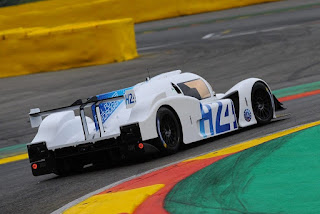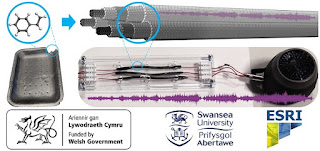Red Bull collaborates in the creation of hydrogen prototype for Le Mans

The Automobile Club de l’Ouest (ACO) announced a brand new partnership between Red Bull Advanced Technologies (RBAT) and ORECA to collaborate on the chassis concept that will underpin all the prototypes in the future hydrogen class at the 2024 24 Hours of Le Mans. Both firms have a keen interest in the ACO’s hydrogen program which includes the creation of a distinct hydrogen class in 2024, and so teamed up for the first time in their history in a joint bid. ORECA will draw on its expertise of its Design Office and its production skills as well as its endurance racing knowledge and experience, while RBAT will bring its expertise in racing car design, very much focused on aerodynamics, vehicle dynamics, simulation and energy recovery optimization. The initial task for the partners will be to undertake and provide a detailed feasibility study for the vehicle concept. RBAT and ORECA thus join Plastic Omnium, the exclusive supplier of the hydrogen prototype fuel tanks ultimately for the c




